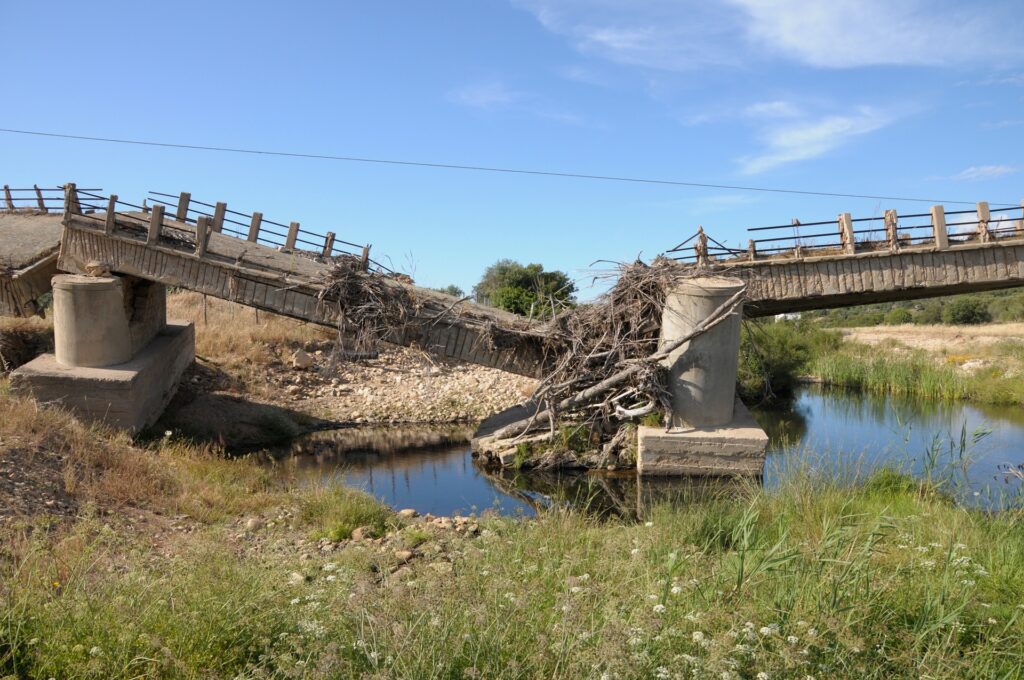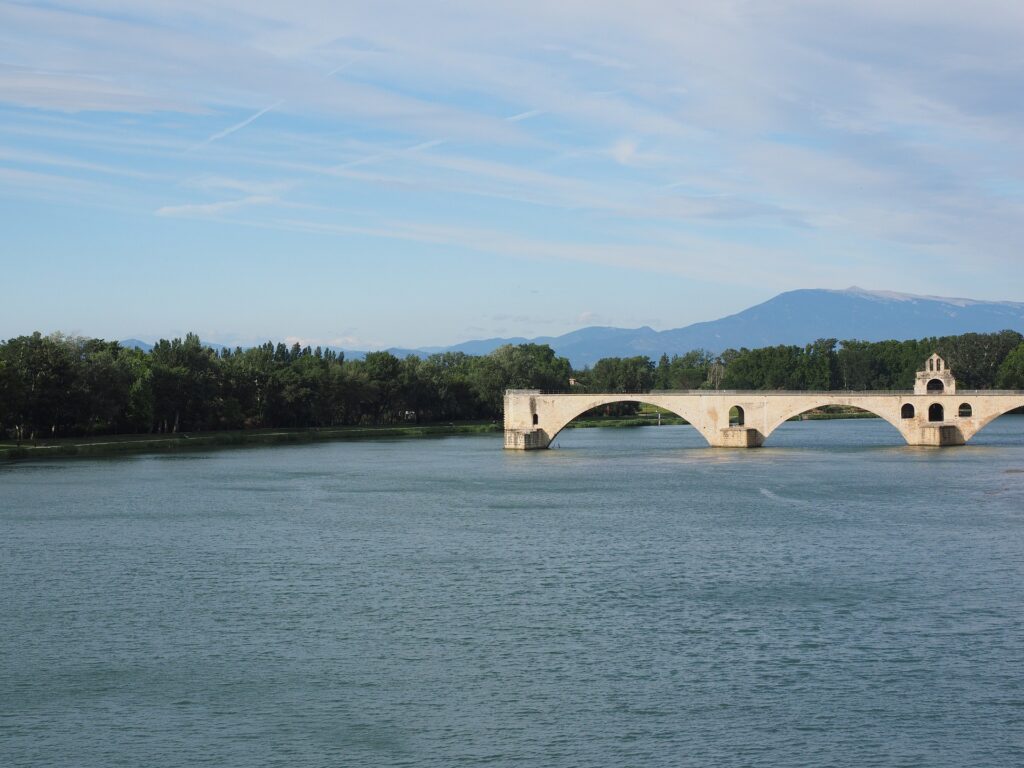Bridge safety
Evaluation of the new guidelines
This project deals with the management of bridges that are subject to two categories of natural phenomena: earthquakes and flooding. Erosion at the base of piers is one of the main causes of differential failure or, in the worst cases, collapse of bridges in riverbeds. This phenomenon, intensified by increasingly frequent and intense flooding events with climate change, can be particularly problematic for bridges in seismic areas: even before manifesting itself as subsidence, the undermining of the piers increases the flexibility of the bridge, to which follows, during even moderate seismic events, the risk of significant displacement, up to loss of support, of the deck.

Following the collapse or even damage of a bridge, in addition to the intervention costs for repair or reconstruction, there are the indirect consequences of the loss of functionality or interruptions in operation not only of the individual infrastructure but often of important parts of a transport network: managing the safety of existing bridges is therefore a significant challenge for civil and spatial engineering.

The bridges in Italy are numerous and an in-depth analysis of them, or capillary monitoring systems, would require an extraordinary amount of resources. In order to identify the priorities with which to carry out these investigations and to decide on the necessary interventions, multi-disciplinary approaches have been adopted in Italy and abroad that are based on simplified methods of assessing the risk level of structures, suitable for the classification of the interventions required for safety. In particular, for bridges in seismic zones and subject to undermining as a result of flooding phenomena, the adoption of multi-risk classification procedures is necessary.
In 2020, the Higher Council of Public Works approved the ‘Guidelines for the classification and risk management, safety assessment and monitoring of existing bridges’ (Guidelines for short, available here, together with all annexes). Their adoption is experimental until 2022, at the end of which a revision is planned, before its adoption in definitive form: the aim of NEST04 is precisely to provide a contribution to this revision.

Programme
The Italian Guidelines adopt the method of risk classification and management, safety assessment and monitoring of existing bridges’ approved in Italy in 2020 by the Higher Council of Public Works. The purpose of adopting this document is to ensure homogeneity at national level in the classification and management of risk, safety assessment and monitoring of existing bridges, viaducts and similar works.
The nest is inspired and nurtured by the expertise of two researchers: Maria Pregnolato, Lecturer at the University of Bristol, and Maria Pina Limongelli, Associate Professor in DABC. NEST04 also comprises Pier Francesco Giordano, Postdoctoral Researcher, Giancarlo Costa, PhD student, Silvia di Sano, Master’s student.
The Objectives
- To experiment the application of the Guidelines to some case studies and identify possible criticalities of the proposed methodology.
- To compare, again through real cases, the Guidelines’ approach with the practices adopted in other countries, starting with the United Kingdom, identifying both the differences in methodology and the resulting classification.
This project is among the first to apply and evaluate the new Italian Guidelines for bridge classification. It will provide a concrete example of how the standard can be applied for bridges in seismic zones exposed to the risk of pile undermining, as well as identify areas for improvement and updating through comparison with international practices.

